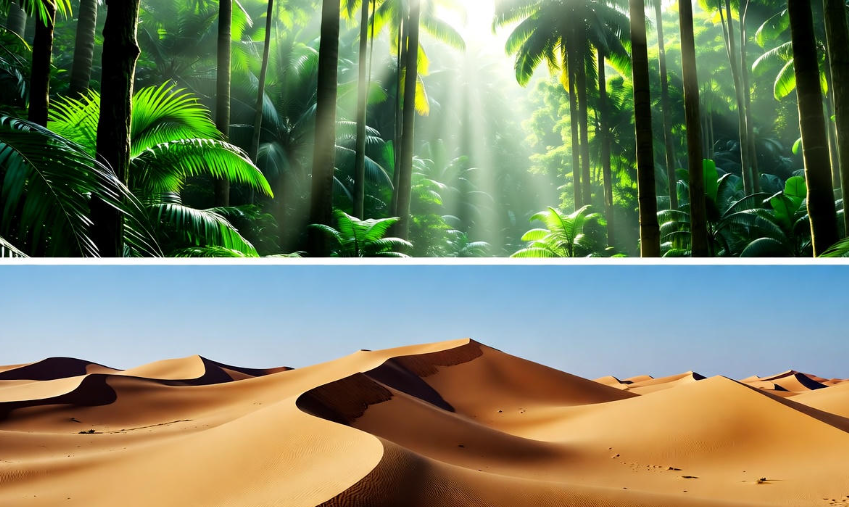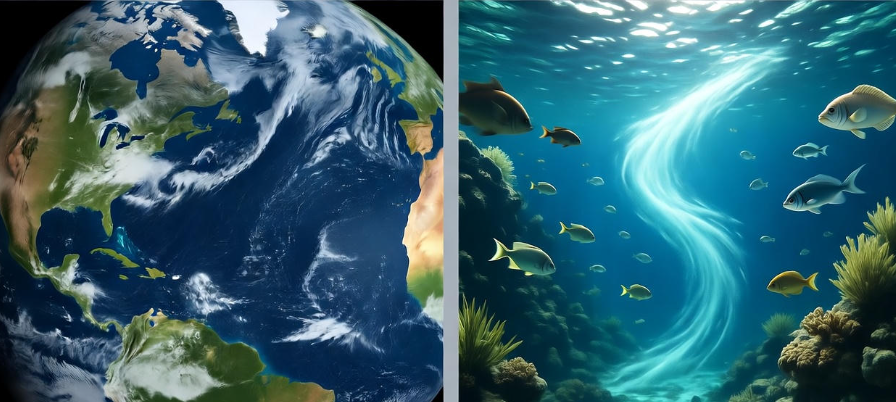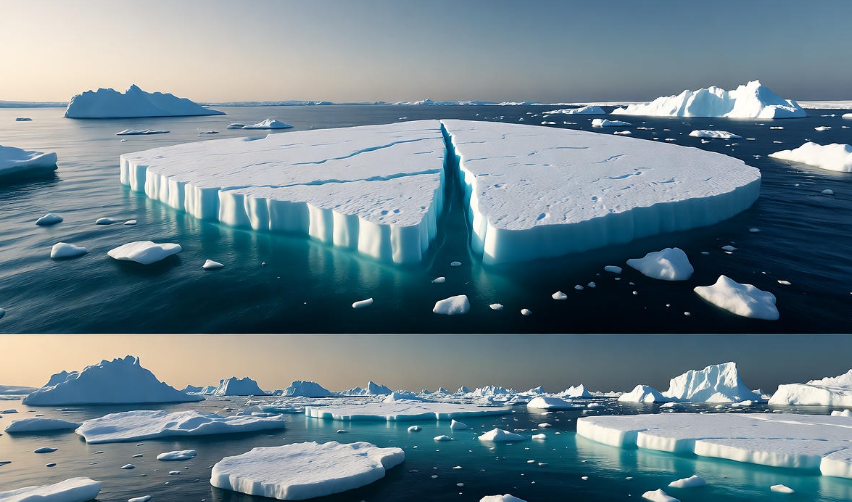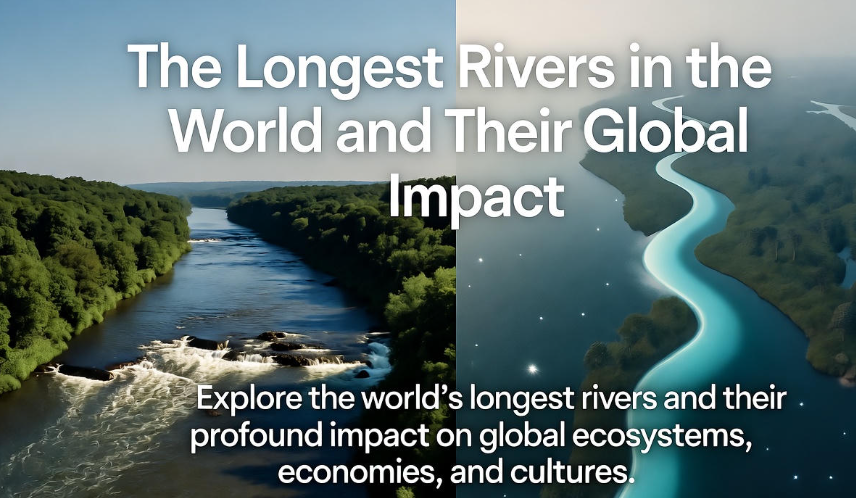Have you ever wondered why people in one part of the world wear thick coats while others walk around in light shirts all year long? Or why certain foods grow in some regions but not in others? Well, the answer to a lot of that lies in one simple word — climate.
Our planet has different climate zones, and they quietly shape almost every part of human life — from what we eat and wear to how we build our homes and even how we behave. Let’s take a friendly, simple look at how these zones affect us in everyday life.
What are Climate Zones?
Before diving in, let’s understand what a climate zone actually is.
A climate zone is a region on Earth that has its own kind of weather pattern and temperature range. These zones are formed due to Earth’s tilt, its movement around the Sun, and how sunlight reaches different areas.
In simple terms:
Some places are always hot, some are freezing, and some are just perfectly mild.
Scientists usually divide the world into five main climate zones:
| Climate Zone | Temperature | Rainfall | Examples |
|---|---|---|---|
| Tropical | Hot all year | Heavy rain | Brazil, Indonesia |
| Dry (Arid) | Very hot, dry | Almost none | Sahara, Saudi Arabia |
| Temperate | Mild weather | Regular rain | USA, UK, China |
| Continental | Hot summers, cold winters | Moderate rain | Russia, Canada |
| Polar | Freezing cold | Very low | Antarctica, Greenland |
These zones may look simple, but each one has deep effects on human life. Let’s explore how.
Climate and the Way We Live
People adjust their lifestyles based on their climate zone — often without even thinking about it.
For example, in very cold regions, people design homes to keep heat inside. In hot regions, houses are built to stay cool and allow airflow.
| Climate Type | Common House Features |
|---|---|
| Tropical | Open windows, light roofs, stilt houses |
| Arid (Dry) | Thick walls, flat roofs, small windows |
| Temperate | Slanted roofs, chimneys, gardens |
| Polar | Insulated walls, small openings, domed roofs (like igloos) |
So even your home’s design depends on the weather where you live. Fascinating, isn’t it?
How Climate Affects Food
Food is one of the biggest parts of culture — and climate shapes what grows where.
Warm, wet regions are great for rice, bananas, and mangoes. Dry places are better for dates and grains like millet.
| Climate Zone | Common Crops |
|---|---|
| Tropical | Rice, bananas, sugarcane, coffee |
| Arid | Dates, wheat, barley |
| Temperate | Apples, grapes, potatoes |
| Polar | Very few crops; people depend on fish or imported food |
So when you enjoy a spicy curry, fresh fruit, or even a cup of coffee — you’re tasting the effect of climate zones on human life. ☕
Clothing and Climate
What we wear every day is another reflection of the climate around us.
Hot areas? Light cotton clothes.
Cold regions? Thick wool, fur, and layers.
| Climate Zone | Common Clothing Style |
|---|---|
| Tropical | Light fabrics, loose-fitting clothes |
| Arid | Long robes, head covers (to protect from sand and sun) |
| Temperate | Mix of light and warm clothes |
| Polar | Heavy coats, gloves, boots, fur linings |
Have you noticed how cultural dresses also follow this pattern? For example, desert people like the Bedouins wear long white robes — not just for tradition, but for practical cooling.
Health and Climate
Climate doesn’t just affect comfort — it also influences health.
Hot and humid areas can be breeding grounds for mosquitoes and diseases like malaria or dengue. Dry climates can cause dehydration and skin problems.
Cold zones can lead to frostbite, depression (due to less sunlight), and vitamin D deficiency.
| Climate | Common Health Challenges |
|---|---|
| Tropical | Mosquito-borne diseases, dehydration |
| Arid | Heatstroke, dry skin, lack of water |
| Temperate | Seasonal allergies, flu |
| Polar | Depression, vitamin D deficiency |
So yes, your health can depend a lot on where you live — and how your body adapts to your environment.
Climate and the Economy
You might not think of it, but climate zones also influence jobs and industries.
In tropical areas, agriculture and tourism thrive. In cold zones, industries like fishing, oil, or mining are more common.
| Climate Zone | Main Economic Activities |
|---|---|
| Tropical | Farming, tourism, forestry |
| Arid | Mining, herding, trade |
| Temperate | Industry, technology, mixed farming |
| Polar | Fishing, oil drilling, research |
Think about it — a person in Norway and a farmer in Indonesia live completely different economic lives, and the reason behind that difference is climate.
Culture and Traditions
Culture often grows from how people adapt to their environment.
In tropical zones, festivals are full of color and outdoor celebrations. In cold areas, indoor gatherings and warm food traditions dominate.
For example:
-
In India, the Holi festival celebrates colors and the arrival of spring.
-
In Finland, the long, dark winters inspire sauna culture and cozy family traditions.
-
In Middle Eastern countries, people value hospitality — partly because water and resources are scarce, so sharing is vital.
So yes, even your music, dance, and traditions carry the signature of your climate zone.
Climate and Population Density ♀️♂️
Have you ever noticed how more people live in warm, mild areas than in cold or extremely dry ones?
That’s no accident. People naturally prefer areas with comfortable temperatures, water, and fertile soil.
| Climate Zone | Population Density | Examples |
|---|---|---|
| Tropical | High | India, Indonesia, Brazil |
| Arid | Low | Sahara, Arabia |
| Temperate | High | Europe, Eastern USA |
| Polar | Very Low | Antarctica, Greenland |
This also affects how cities grow and how governments plan roads, schools, and hospitals.
-
For map lovers: Best Free Tools to Create Custom Maps Online
Climate and Transportation ✈️
Transportation systems depend a lot on weather.
In cold climates, snow can block roads. In tropical regions, heavy rains can cause floods. Desert areas face sandstorms.
So engineers design roads, airports, and even cars differently for each zone. For example:
-
Cars in Canada have heating systems.
-
Houses in Florida are built to survive hurricanes.
-
Roads in deserts are coated to handle extreme heat.
Every little design choice connects back to — yes — the climate zone!
Education and Climate
Believe it or not, climate even affects education.
In very hot countries, schools sometimes close during peak summer. In snowy regions, children might study online during heavy snowfalls.
Access to schools can also depend on geography — mountainous or dry areas can make it harder to reach schools, especially for rural communities.
So, weather doesn’t just decide what you wear; it can even shape what and how you learn!
Climate and Energy Use ⚡
Energy needs are totally different across climate zones.
Cold countries spend more on heating. Hot countries spend more on cooling.
This affects electricity bills, government budgets, and even global energy demand.
| Climate Zone | Main Energy Needs |
|---|---|
| Cold | Heating systems, insulation |
| Hot | Air conditioning, fans |
| Temperate | Balanced use |
| Arid | Water pumping, cooling |
That’s why renewable energy options — like solar power — are becoming so important. ☀️
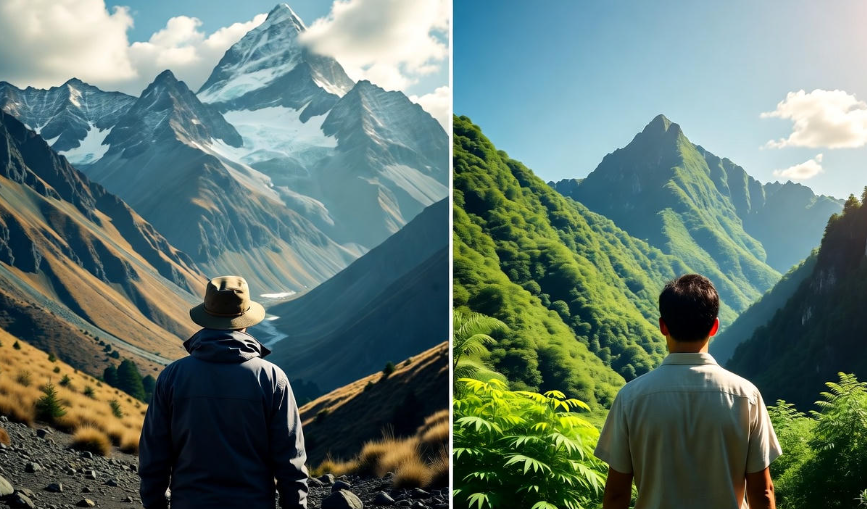
Climate Change and Its Growing Impact ️
Today, climate zones are shifting because of global warming.
This means areas that used to be cool are getting hotter, and rainfall patterns are changing.
Farmers struggle with droughts or floods, animals migrate, and people are forced to move from one region to another — becoming what we now call climate migrants.
It’s a reminder that the balance of our planet is delicate. When one climate zone changes, it can affect millions of lives.
How Humans Adapt to Climate Zones
Humans are amazing at adapting. Over time, we’ve invented tools, technologies, and habits that make living in any zone possible.
For example:
-
In deserts, people developed water-saving systems and underground wells.
-
In cold areas, humans learned to make warm shelters and clothes from animal fur.
-
In tropical regions, people use natural materials like bamboo to stay cool.
So, wherever humans go, they find creative ways to survive — and even thrive.
Fun Facts Table
| Fact | Interesting Detail |
|---|---|
| Hottest inhabited place | Dallol, Ethiopia — up to 49°C (120°F) |
| Coldest inhabited place | Oymyakon, Russia — around -50°C |
| Most rainfall | Mawsynram, India — over 11,000 mm a year |
| Least rainfall | Atacama Desert, Chile — less than 1 mm a year |
Nature sure knows how to surprise us!
FAQs ❓
Q1: Why do people live in different climate zones if some are so harsh?
A: Because every zone offers something valuable — deserts have minerals, cold zones have fish and oil, tropical areas have fertile land. Humans adapt to make the best of what’s available.
Q2: Can climate zones change over time?
A: Yes, they can! Due to global warming and natural shifts, boundaries between climate zones slowly move. For example, some parts of Africa are becoming drier than before.
Q3: Which climate zone is best to live in?
A: It depends on what you like! Many people find temperate zones most comfortable because of mild weather, but others love tropical warmth or snowy winters.
Q4: How can people protect themselves from extreme climate effects?
A: By using smart technology, better housing designs, planting trees, and saving energy — we can adapt and reduce risks from harsh climates.
Q5: Does climate affect human behavior or mood?
A: Absolutely! Sunlight boosts happiness (hello serotonin ), while gloomy or cold weather can make some people feel low. That’s why “climate psychology” is now a real field of study!
In a Nutshell
Climate zones shape our homes, food, clothes, jobs, health, and even our traditions.
Every time you eat a tropical fruit or wear a winter coat, you’re feeling the quiet influence of the climate zone you live in.
The world’s diversity — from icy tundras to lush rainforests — makes human life colorful, challenging, and endlessly interesting.
So, the next time you enjoy a sunny day or complain about the rain, just remember:
It’s all part of the grand design of our planet’s climate zones — and they’re the reason life is so wonderfully different everywhere.

